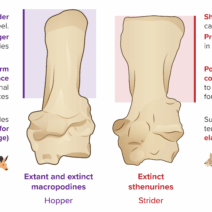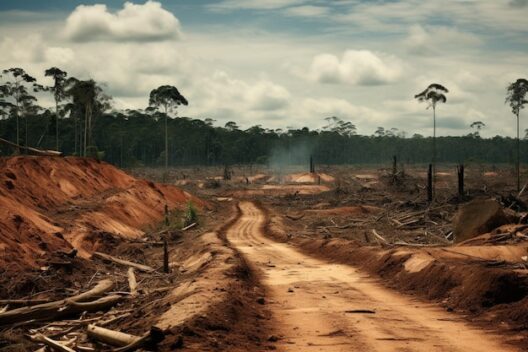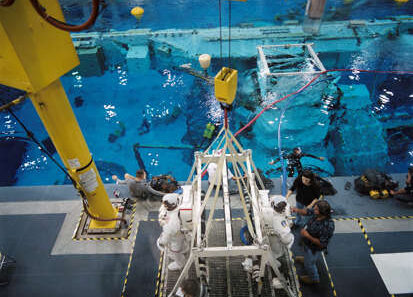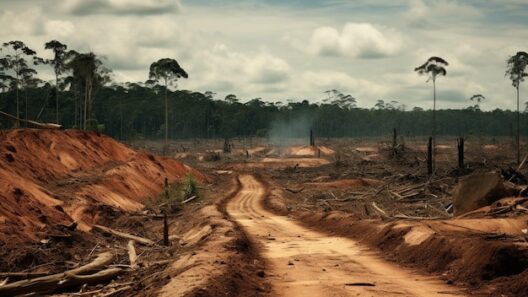The notion of planting trees as a panacea for the insidious advances of global warming has taken root in public consciousness like a vibrant sapling in fertile soil. Trees, often heralded as nature’s lungs, absorb carbon dioxide and release oxygen, thus positioning themselves as potential allies in the battle against the escalating climate crisis. However, the question remains: can we indeed plant enough trees to halt the relentless march of global warming?
At first glance, the idea appears deceptively simple. Imagine a landscape transformed, a lush green tapestry where deforestation once reigned. One might envision throngs of volunteers, shovels in hand, planting saplings that will grow into towering sentinels of carbon mitigation. However, as we delve deeper into the ecophysiology of trees and the complexities of climate dynamics, a more nuanced picture emerges.
To grasp the scope of this endeavor, we must first understand the sheer scale of deforestation. Each year, millions of acres of forest vanish, succumbing to agriculture, urban development, and other anthropogenic activities. This destruction releases vast quantities of carbon stored in biomass and soil, contributing significantly to atmospheric CO2 levels. Consequently, the urgency surrounding reforestation efforts is palpable. Yet, one cannot simply substitute trees for the myriad of ecosystems destroyed.
In exploring whether we can plant enough trees, one must contend with the daunting statistics that mask the sheer magnitude of the task at hand. Estimates suggest that to effectively mitigate climate change, approximately one trillion additional trees would need to be planted worldwide. This number is staggering, exceeding the collective tree count currently deemed viable in forested regions. As such, the challenge lies not only in planting trees but in ensuring their survival and growth in a changing climate.
Moreover, the intrinsic qualities of different tree species play a crucial role in the effectiveness of such reforestation initiatives. Not all trees are created equal. For instance, fast-growing species may sequester carbon at a quicker rate, while others, though slower to grow, may offer longevity and resilience against diseases. Selecting the appropriate trees for specific ecosystems becomes paramount, akin to matching a vine to a trellis for optimal growth.
Furthermore, the geographical distribution of planting sites must align with ecological sensibilities. Reforesting areas that have fallen victim to human encroachment is essential, but one must also consider the indigenous flora and fauna. Planting non-native species can disrupt local ecosystems, leading to unintended consequences that may undermine the very goals of carbon reduction.
In addition to ecological factors, socio-economic considerations interlace with the tree-planting narrative. Communities around the world depend on forests for sustenance, livelihoods, and cultural identity. Therefore, promoting tree planting must incorporate local perceptions and traditions, weaving environmental stewardship into the very fabric of community life. Failure to engage local populations could result in resistance to tree-planting initiatives and the perpetuation of unsustainable practices.
The maintenance of newly planted trees is another critical aspect. A sapling is not an instant solution, but rather a commitment requiring vigilance, resources, and long-term management. As with any endeavor, patience is essential; trees take years—if not decades—to mature. Continuous efforts to manage, protect, and monitor the growth of fledgling trees are paramount. Local sustainability measures must be adopted to ensure these young saplings flourish into robust carbon sinks.
Technological innovations also offer intriguing possibilities in the realm of reforestation. Advances in drone technology, for instance, have recently been employed to disperse seeds over vast areas. This approach is reminiscent of nature’s dispersal methods, facilitating afforestation in locations otherwise inaccessible to humans. However, while technology provides tools, it is imperative that these methods complement traditional, hands-on planting techniques rooted in ecological understanding.
As we ponder the question of whether planting trees can truly halt global warming, a pivotal realization dawns. Tree planting, while beneficial, must be part of a broader strategy that integrates renewable energy, sustainable agriculture, and profound changes in consumption patterns. The fate of our planet cannot rest solely upon the shoulders of a single endeavor; instead, it requires the harmonious interplay of multiple avenues addressing the sources of greenhouse gas emissions.
Furthermore, we must acknowledge that the act of planting trees is as much about social justice as it is about environmental restoration. Empowering communities to actively participate in reforestation efforts can catalyze transformative change. Consider the role of indigenous practices in managing forests sustainably; they possess invaluable knowledge forged over generations. Collaborating with these communities can yield more effective reforestation strategies that honor ecosystems and cultures alike.
In conclusion, while the vision of planting enough trees to halt global warming captures our collective imagination, the practicality of achieving such an ambitious feat presents formidable challenges. Trees, undoubtedly vital to our planet’s health, should be seen as one part of a comprehensive strategy addressing climate change. The journey toward ecological balance involves myriad threads woven together—community engagement, species selection, technology integration, and reformed consumption practices. It is a collective undertaking that beckons individuals and nations alike to act decisively, echoing the sentiment that together, we can cultivate a sustainable future.








